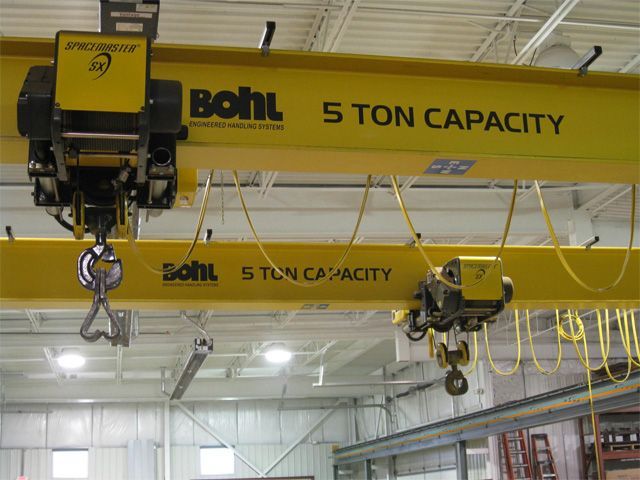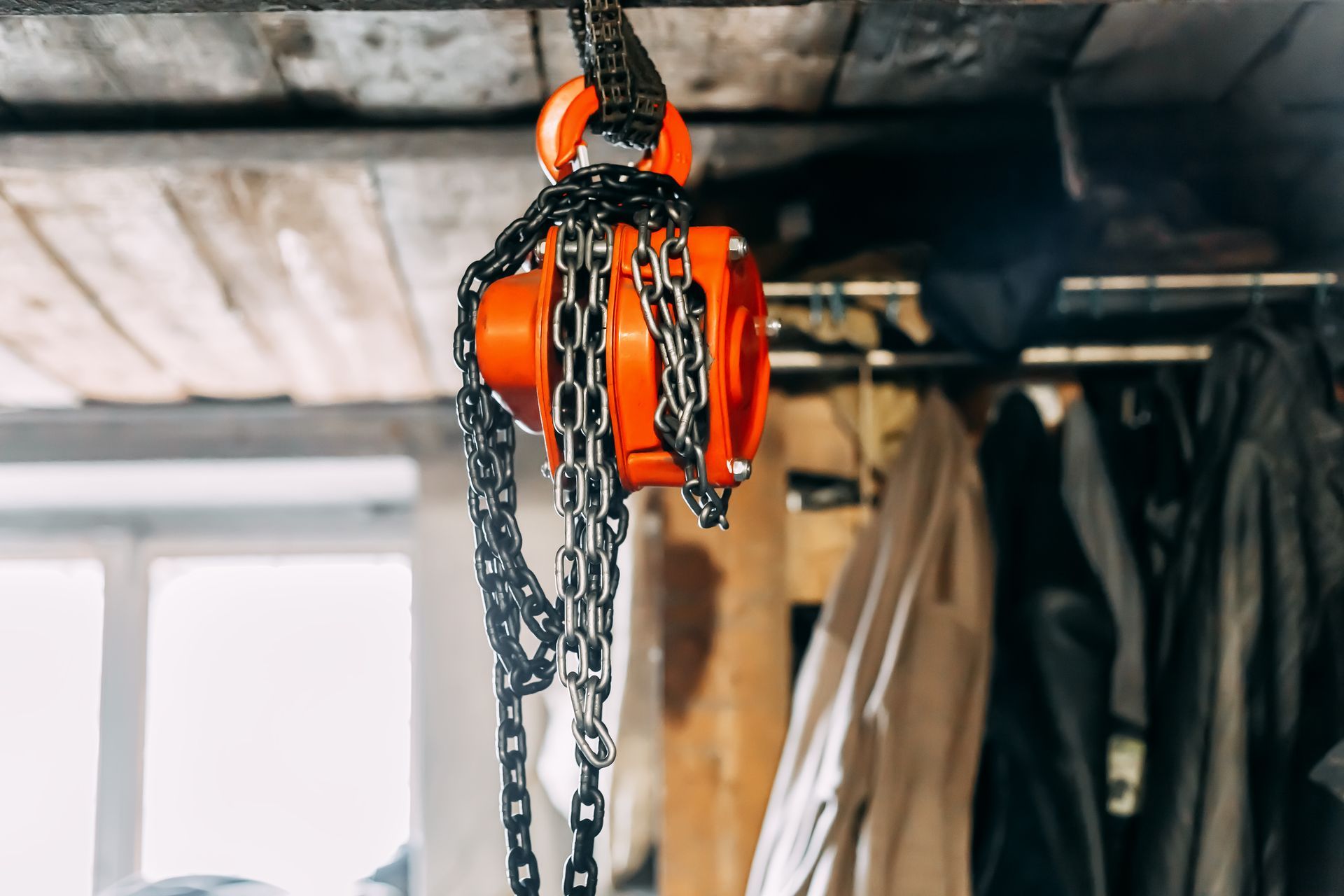How Do Overhead Crane Costs Vary Depending on Specifications and Usage?
Overhead crane costs can vary for various reasons, including the crane's specifications and how it will be used. Learn how such factors as specifications and usage can impact the cost of an overhead crane below.
Types
There are several overhead cranes, each designed for specific projects and applications. The cost of a crane is influenced by the engineering requirements, the complexity of the components that make up the crane, the industry in which the crane will be used, and the type of materials being lifted. The larger the crane and the heavier the loads it can handle, the greater the crane cost.
Capacity
The maximum rated load capacity can significantly influence a crane's cost. Higher-capacity cranes have stronger, more durable components and engineering specifications that allow them to withstand more frequent, heavier loads more easily.
Use Frequency
How often the crane will be used will also significantly impact its price. Constant usage requires a crane with a higher duty cycle that can withstand the rigors of continuous usage, which can amount to near or equal to 24 hours per day.
Span
The span refers to the centerline of the runway rails; a wider span will result in a higher price. This is because the wider and longer the span is, the stronger the crane structure needs to be. A stronger crane structure can only occur by using more robust materials, which leads to a greater cost.
Contact us to learn more about our overhead cranes and other items in our inventory.



